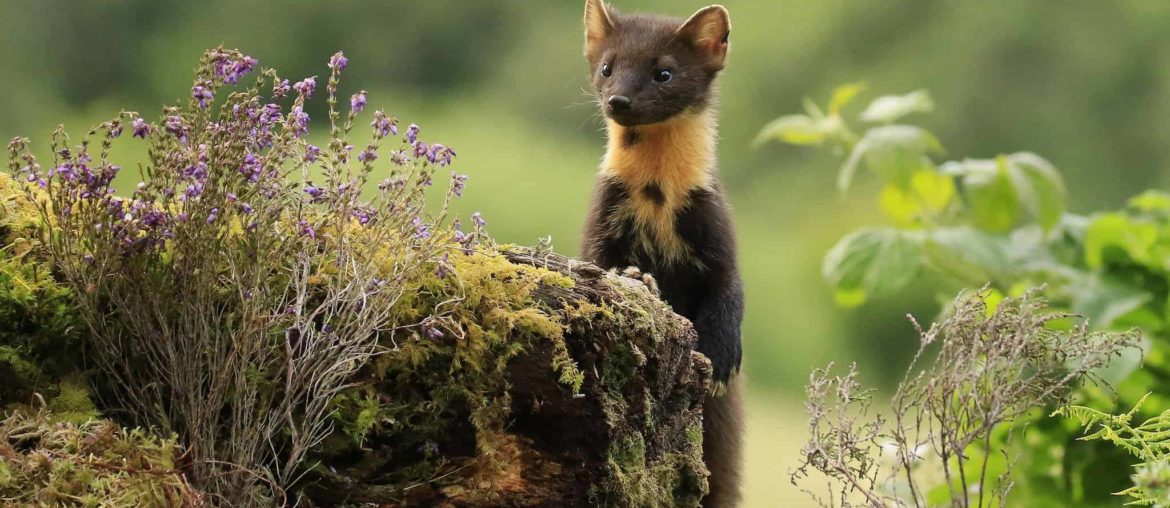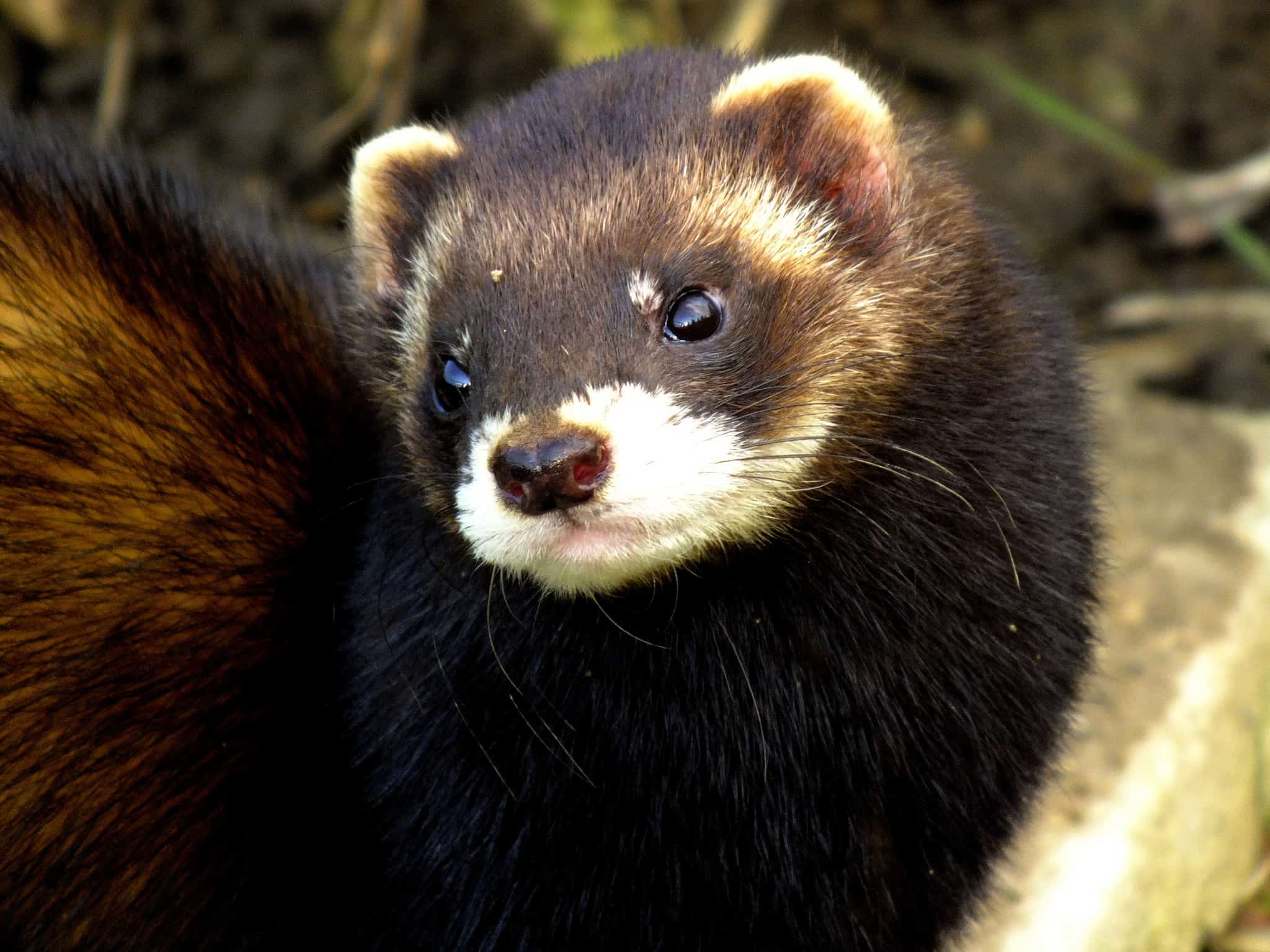You may or may not have been to the London Zoo already. But what comes to your mind when you think of wildlife in the UK? Usually, you’ll think of foxes, hedgehogs, rabbits and squirrels. If you’re lucky, you might even come across a badger or a deer in nature.
Although Britain may not rival countries like Kenya or Alaska in terms of wildlife, the UK actually boasts a diverse range of beautiful and unusual wild animals to explore. All you need to know is where to find them!
What rare and weird wildlife species can you spot in the UK?
- Polecat
- Ghost slug
- Scottish wildcat
- Slow worm
- Pine marten
- Stick insect
We’ve added visuals below so you know what they look like!
Polecat
Polecats were almost wiped out in Britain in the last century. They were pushed to extinction because they were considered pests. After successful conservation efforts, the population has soared, and the polecat has returned. A member of the weasel family and an ancestor of the ferret, they have bandit-like faces and soft brown fur. We must say, they’re actually quite cute.
These furry little creatures are nocturnal and are a little hard to spot. But you might want to stay away anyway. Polecats give off a nasty smell similar to a skunk when angry – run away as fast as you can!
Ghost slug
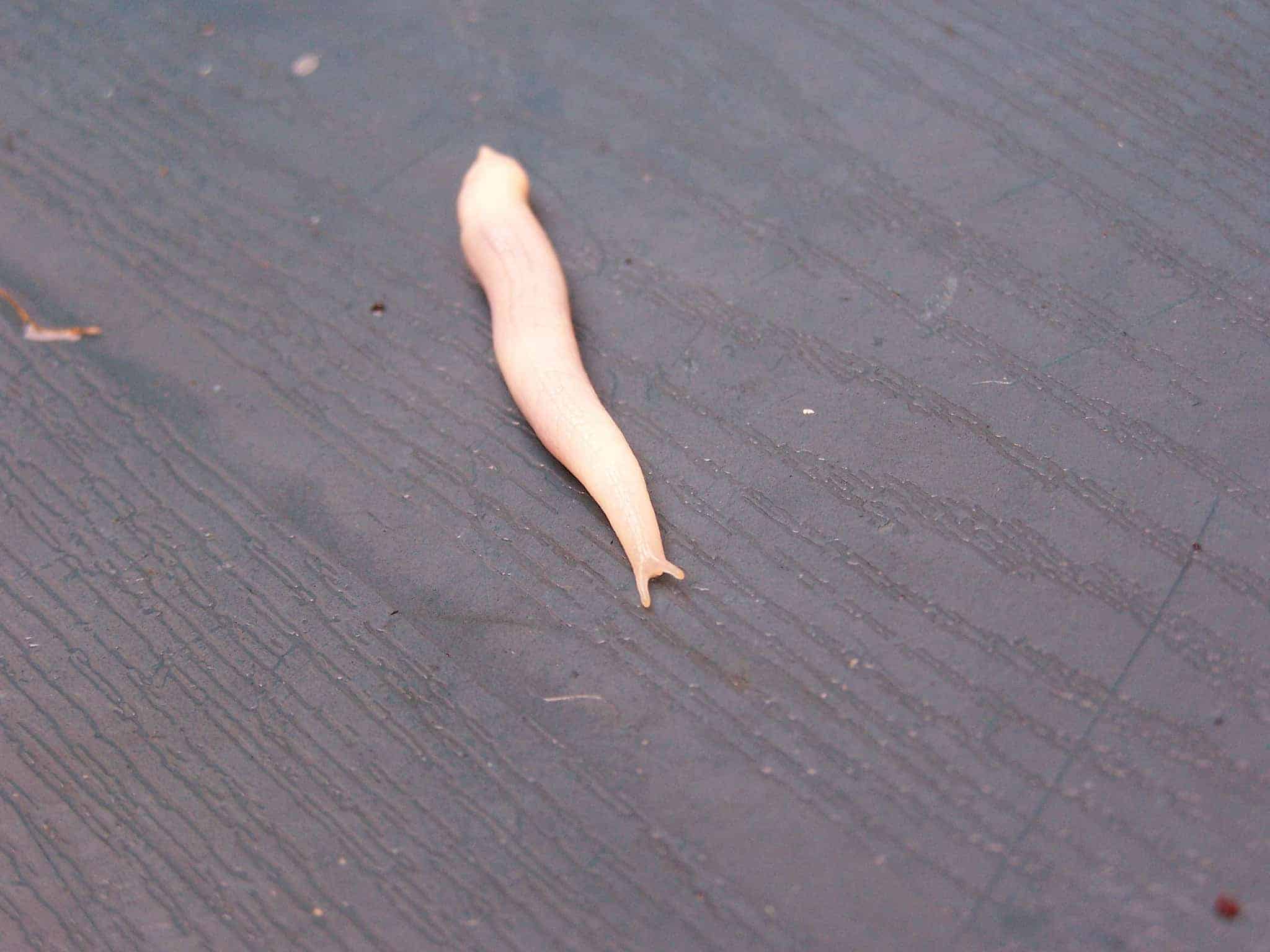
These creepy creatures were unknown to science before 2006 and were first discovered in Cardiff, here in the UK. They’re carnivorous and nocturnal, feeding themselves by sucking earthworms into their bodies with their sharp teeth.
The mysterious slug is widespread in South-East Wales, but sightings are rare. They mostly live underground, about a metre beneath the soil. Their distinct white colour has earned them the nickname ysbryd – the Welsh word for ghost.
Scottish wildcat
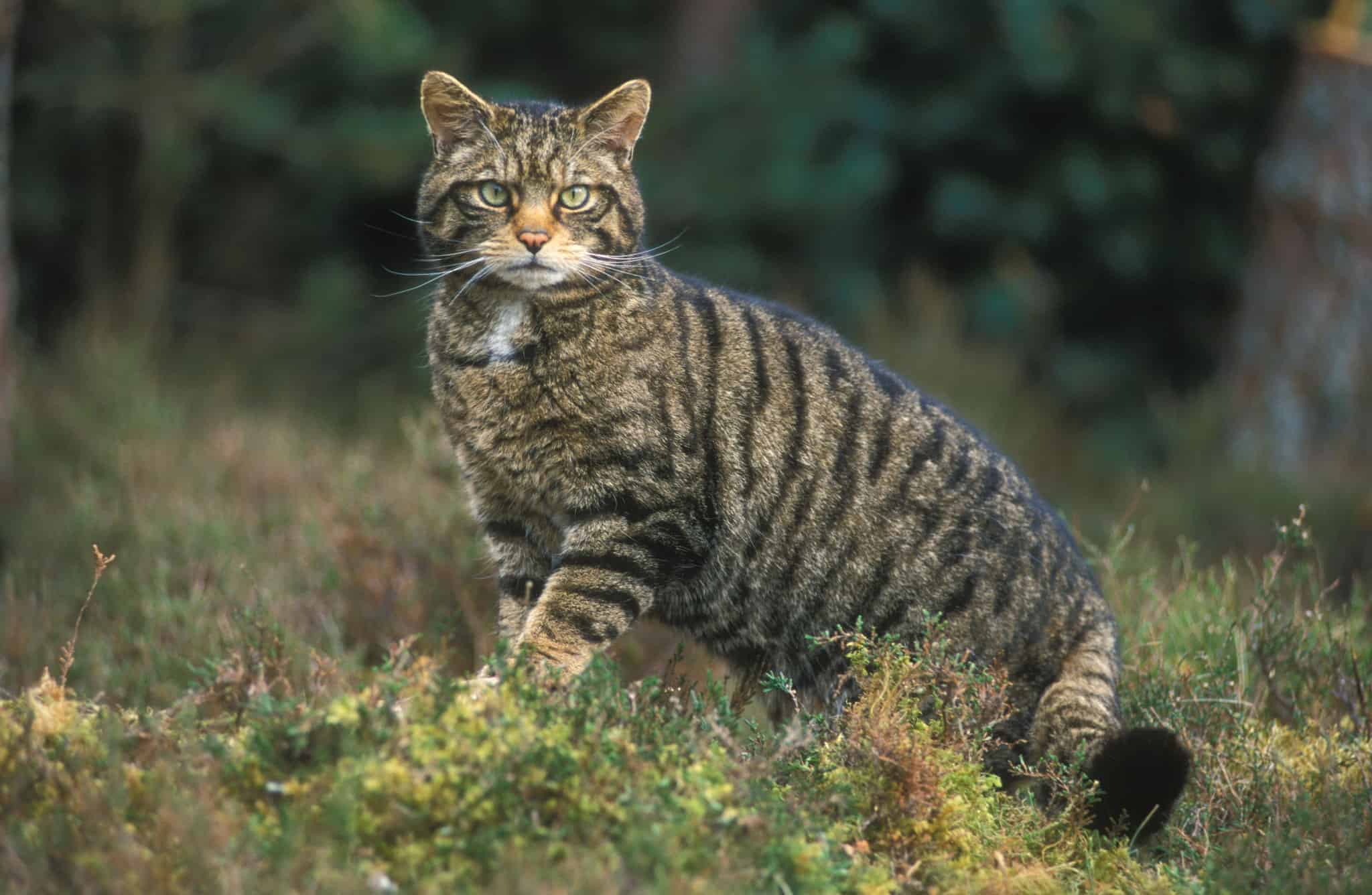
Fewer than 100 of Scotland’s native wild cats remain, and sadly, the extinction could only occur in a few years. They look as cute as your pet tabby cat, but these feisty felines can survive Scotland’s harshest winters and battle eagles. They’re strikingly beautiful and are Britain’s last large mammal predator – showing the essence of a predator living by stealth and strength.
Thankfully, the Scottish Wildcat Action charity, the first national conservation plan, hopes to restore viable populations of this beautiful wild animal in the years to come. Only time will tell what’s in store for the Scottish wildcat, but we’ve got our fingers crossed. If you want to help out this great cause, find out more by visiting their website.
Slow worm
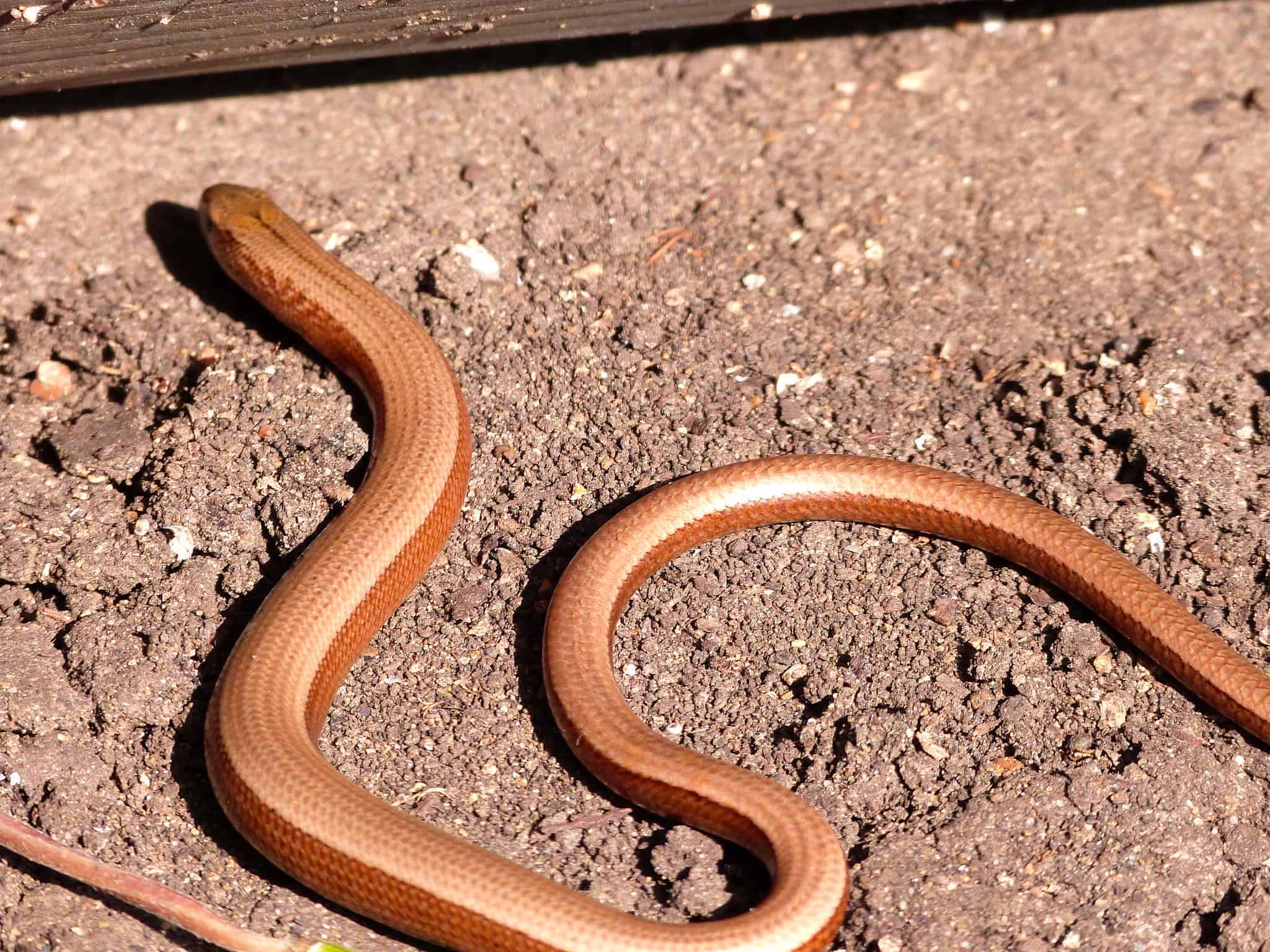
Slow worms look more like snakes than worms – but they’re technically lizards with no legs. Found across the UK, they can grow up to 40 cm long and live amongst our grassland, woodland edges and heathland. Males often have vivid blue spots, while females sometimes have a striking black stripe.
They’ve been known to shock people, popping up in mature gardens and allotments. But don’t worry, they’re completely harmless, non-venomous lizards. They’re probably just hunting for their next meal around the compost heap!
Pine marten
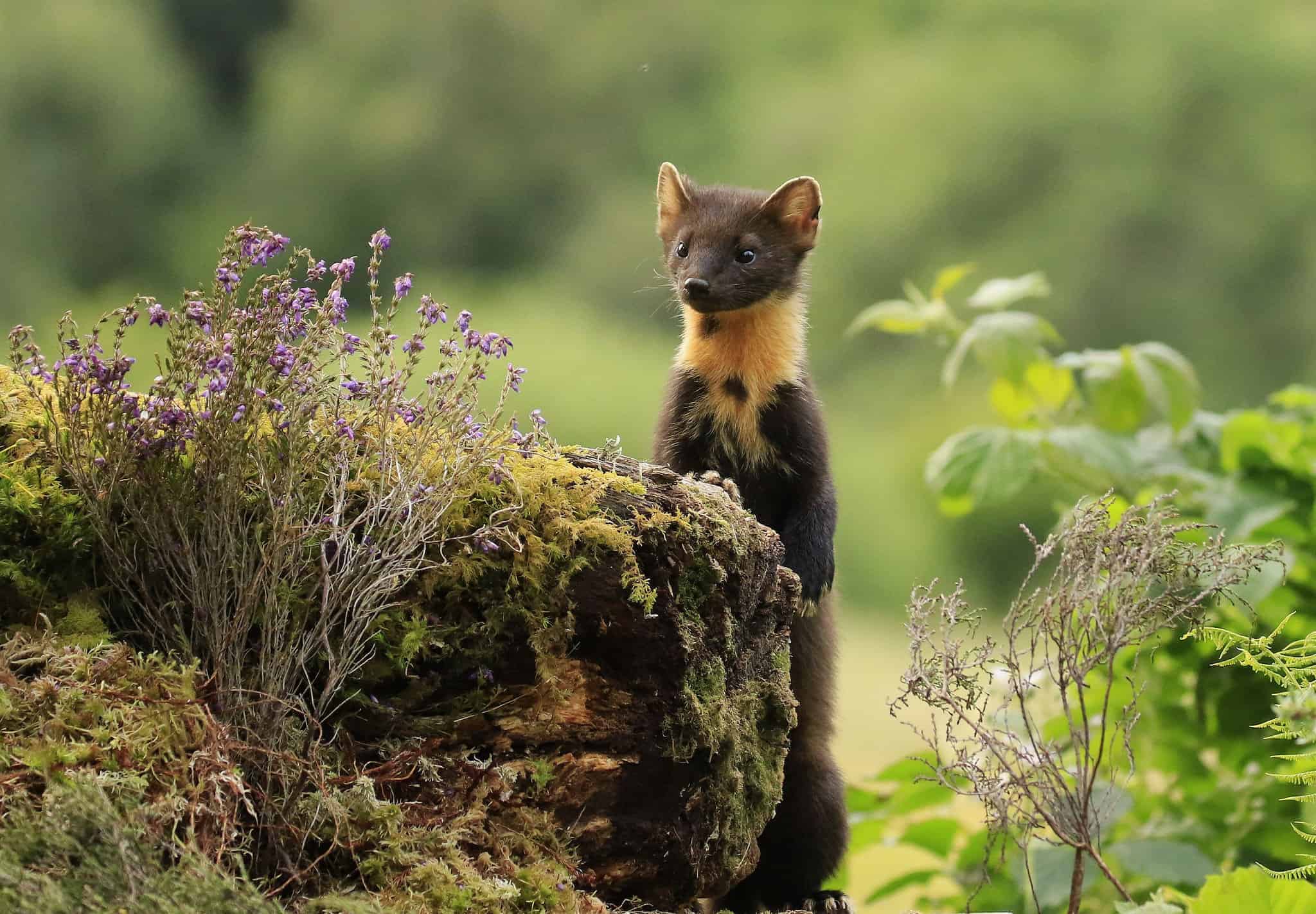
These quirky little cat-sized creatures came to Britain and Ireland soon after the end of the last glaciation. You’ll find them in the Scottish Highlands, Grampians and eastern Lowlands – but they’re one of the hardest Scottish mammals to spot.
They climb well and live in holes in trees, old birds’ nests and even within the roofs of old buildings, feeding on small rodents, insect eggs and fruit. During mating season, Pine Martens make cat-like calls and have litters of 3-5 (adorable) young.
Stick insect
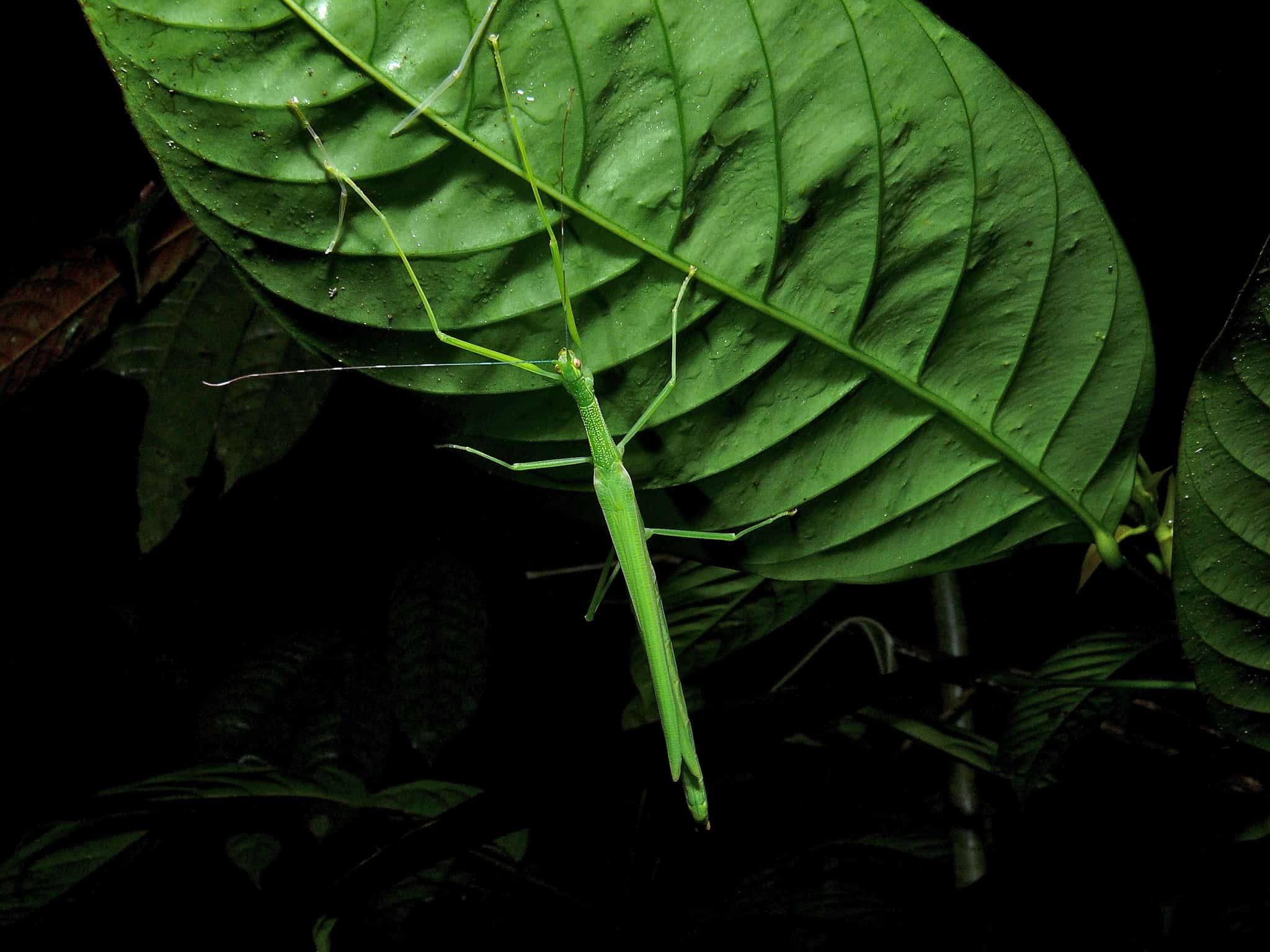
You probably remember creepy stick insects from your science classes. Whether you love them or hate them, they’ve successfully established themselves in Southern England and now live and reproduce here in the UK. They’re thought to have come to the country through plants brought back from New Zealand.
Resembling a stick, they’re obviously incredibly hard to spot, but if you do, you’re likely to find them clinging to a plant or happily munching away on a bramble.
That was our pick of the UK’s weird and wonderful wildlife. Want to spot some for yourself? Try out our Edinburgh & The Loch Ness Rail Tour, which takes you through some of Scotland’s stunning highlands. And if you spot a Scottish wildcat or pine marten, be sure to let us know!

